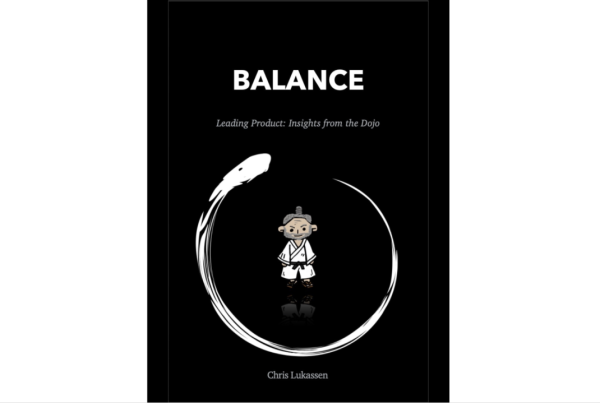What we are attempting, as far as I know, has never been done.
Some microorganisms such as yeasts, fungi and bacteria can go completely dormant for periods of time that can stretch over thousands of years, a phenomenon known as super-long anabiosis: a glacier moves in, the bacteria go into a deep freeze; the glacier pulls back ten thousand years later, the bacteria go back to their business. More complex organisms can’t pull off such a neat trick, although some types of amphibians are known to go dormant for extended periods of time, which allows them to survive droughts or winter conditions.
Lest anyone be in doubt, putting the economy in a state of complete suspended animation is simply not an option. The very survival of this bipedal mammal and all others reading this article depends on a constant and uninterrupted flow of goods and services: food, electricity, drinking water, clothing, various types of drugs and many, many more.
The global economy, in all of its intricate complexity, has allowed our species to multiply and form social structures that are as extensive as they are fragile. If the economy was to grind to a halt— really grind to a complete, full stop—humanity would quickly get kicked right back to the stone age, with the unavoidable population adjustment that this would entail. What level of population could our species maintain without the modern production and supply chains that we take for granted? You can research what the population of Earth was 40,000 years ago but I will say this: The thin veneer of civilization would quickly start cracking and I leave it to you to imagine the wrenching transition back to the population level that a less sophisticated economy could sustain.
Some have said that our economy itself is some kind of illness or infection—growing uncontrollably and unable to ever achieve stasis. Indeed, some have even suggested this of our own species. Be that as it may, the issue that governments all around the world are faced with is how to reduce physical contact between humans in order to prevent the total collapse of healthcare systems (and the unacceptable loss of life that would follow), while at the same time preventing the total collapse of the economy (and the equally unacceptable consequences that would follow).
What governments are attempting is to put the economy into a state not of anabiosis or complete suspended animation, but of hibernation. What we need is for the metabolic rate of the economy to go down—way down—while still keeping essential services going. We need the heart to beat and the lungs to breathe; in fact, we need all of the major organs to keep functioning. We also need the capillaries to keep bringing oxygen and other nutrients to every part of the body, all the way to the very extremities. We need overall activity to slow down and the body temperature to drop significantly, but we can’t have any key functions shut down completely and we need to be able to rouse the whole system out of this induced torpor once the worse of the crisis has been averted.
Canadian beavers don’t hibernate and never before has anyone attempted to put the entire economy into such a state of hibernation. We don’t really know how to execute this complex and delicate procedure and we will undoubtably make some mistakes along the way, but we currently don’t have a better option. We may lose some toes and fingers in the process, perhaps even parts of some limbs. And it is conceivable that some organs will have been irreparably damaged and will require replacement or long-term care. We are hoping for the best but we just don’t know. What we do know is this: all social and economic actors will have to play their part for this procedure to ultimately be successful.
Let’s hope that we will have learned from this crisis when we eventually come out of it. Let’s hope that more thought will be given to preventative measures, so that we never again find ourselves in such a situation. Let’s hope also that we will have learned to see all those efficiency-induced frailties for what they are, and have the wisdom to address the many issues that the coronavirus pandemic has brought into sharp focus for all of us: fragile supply chains, weak safety nets, precarious employment, growing inequality and many, many more.



